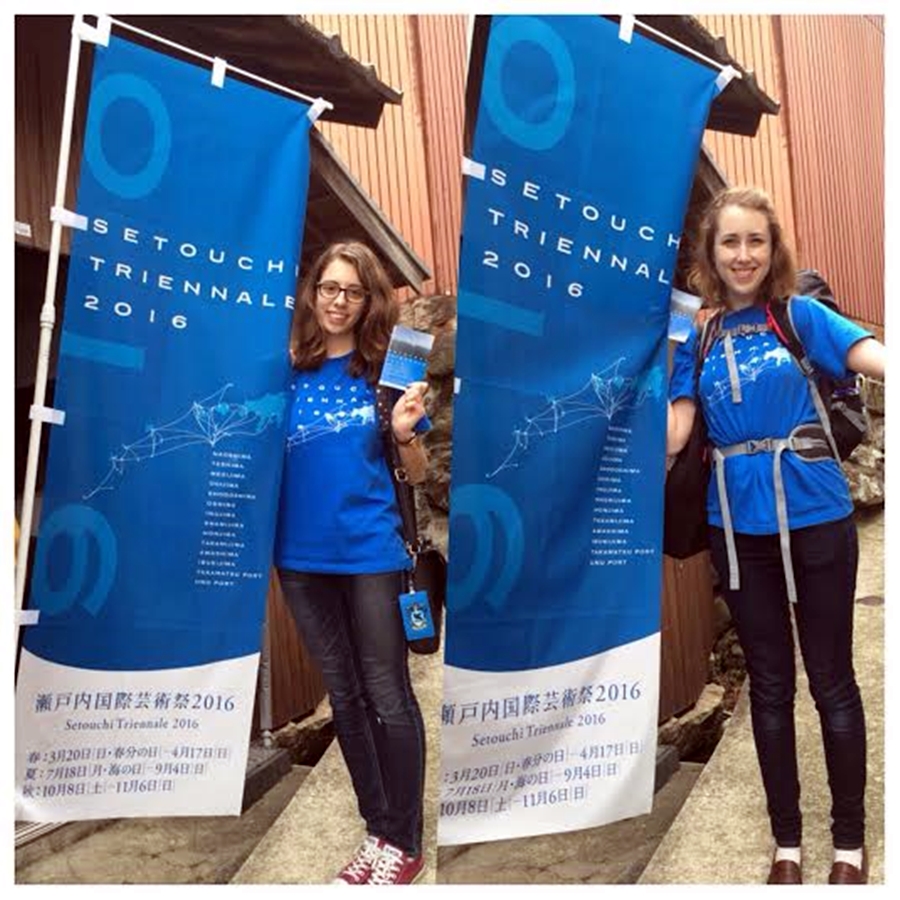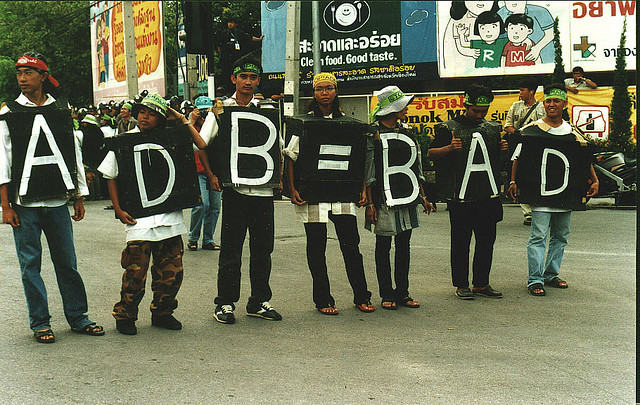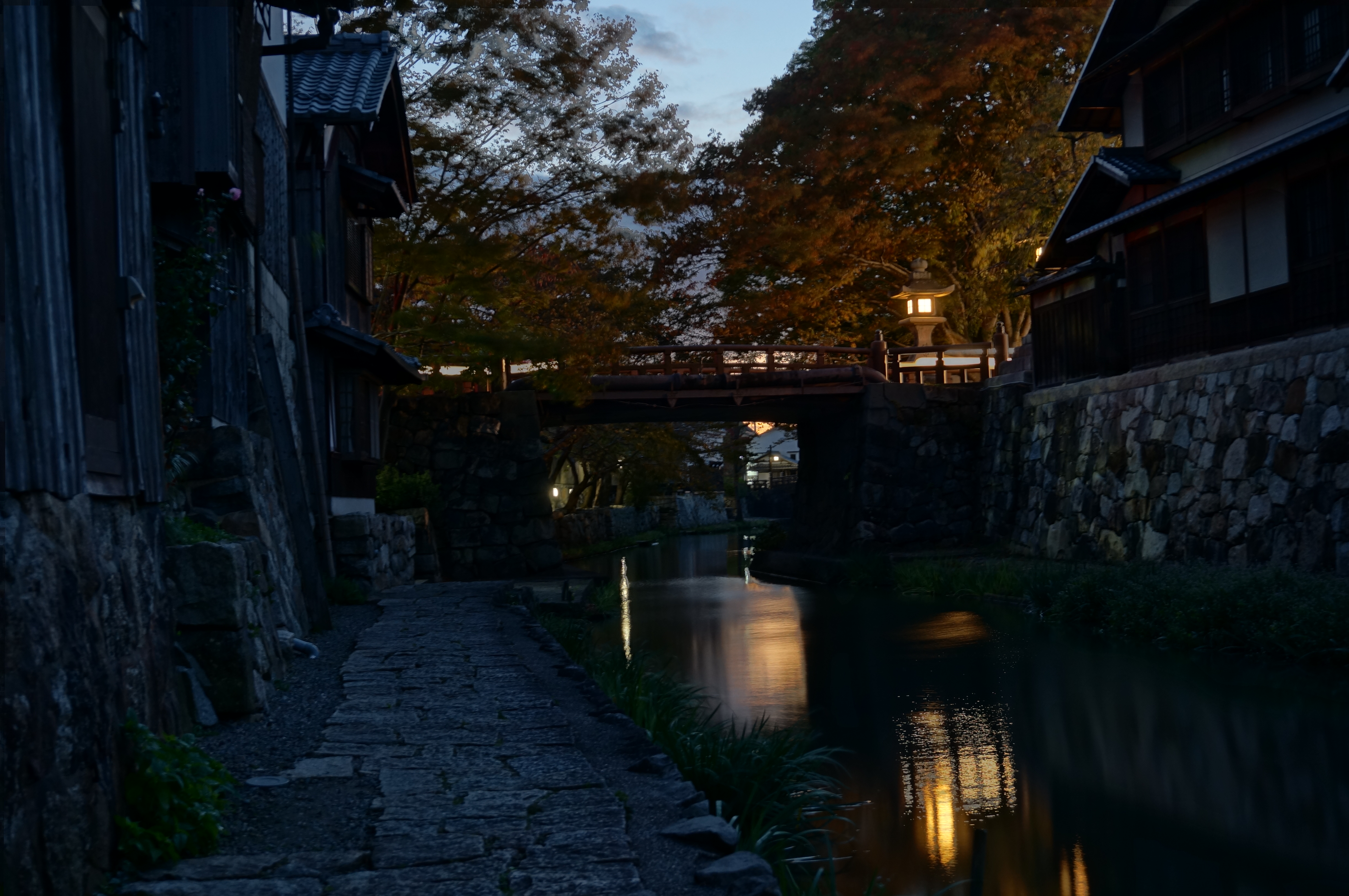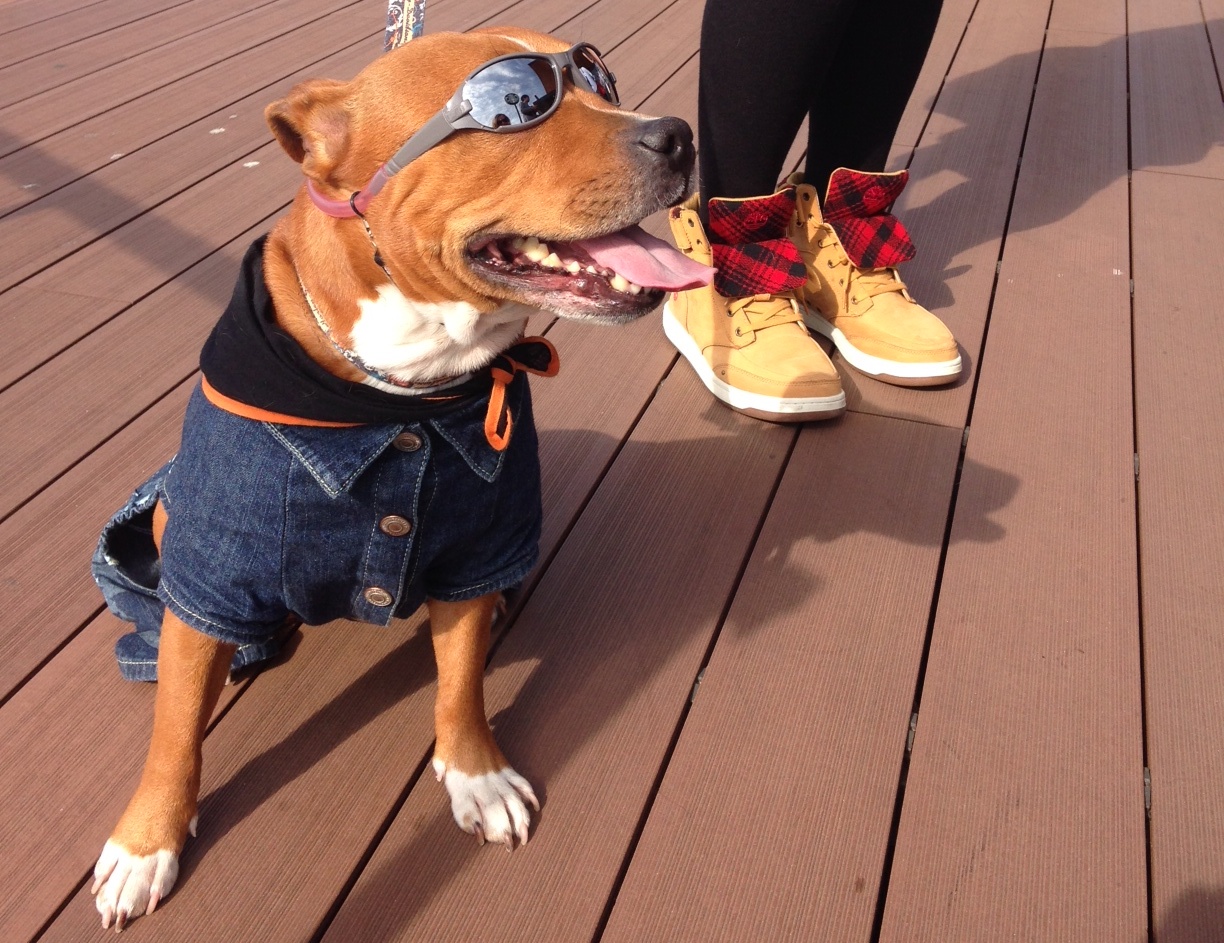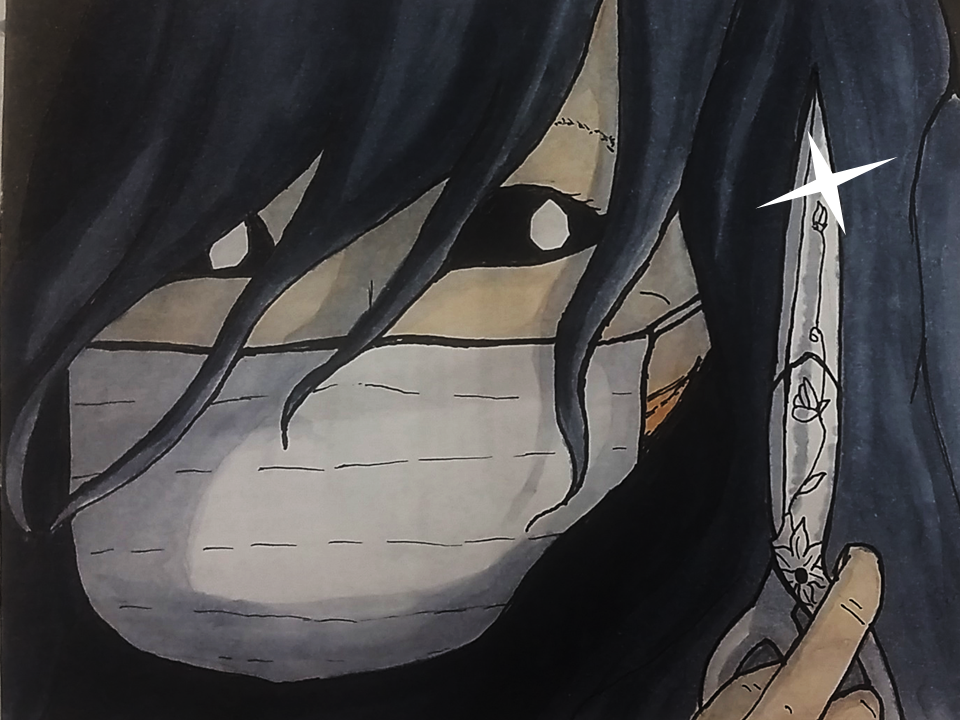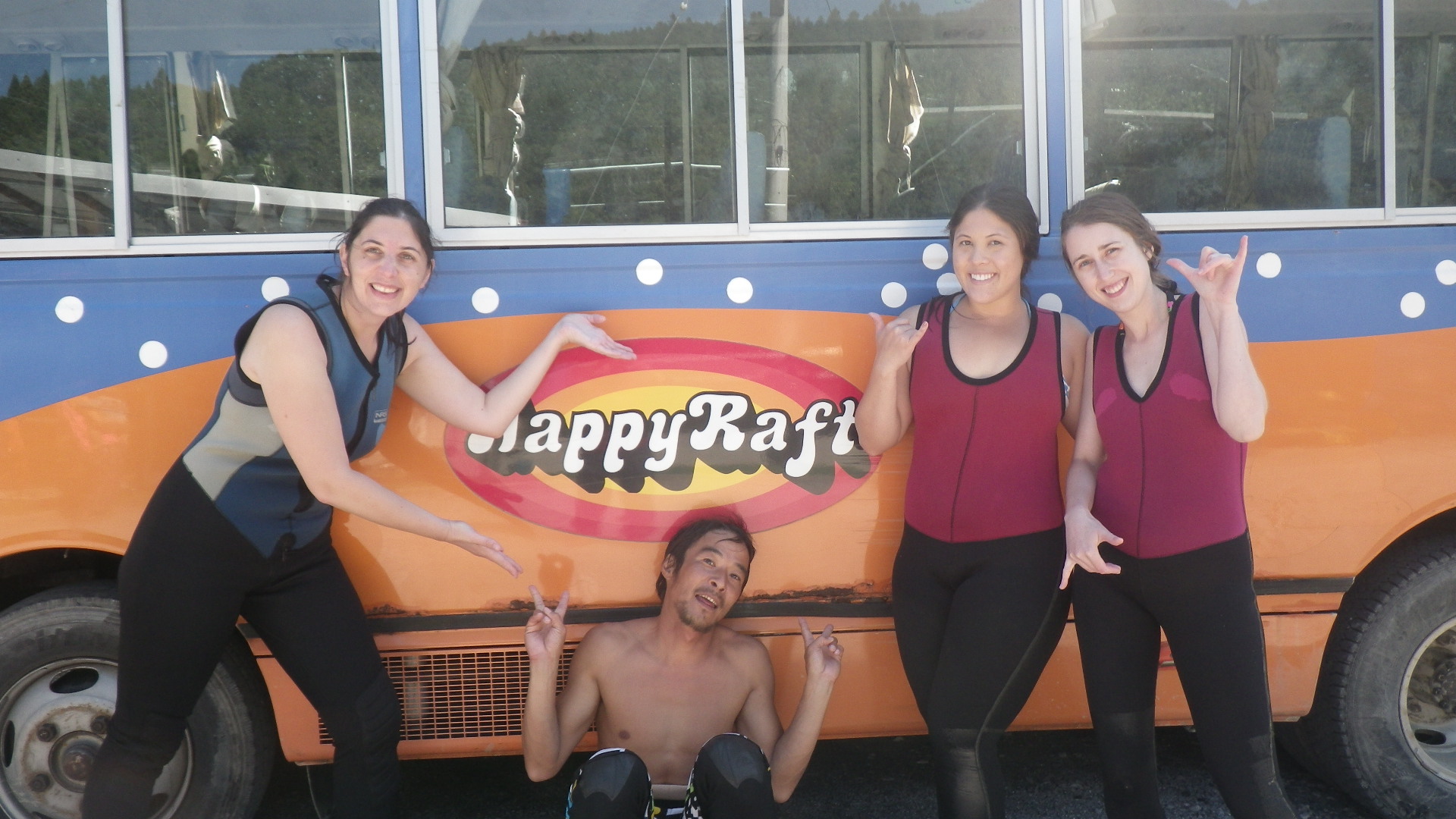Shorinji Kempo: the Martial Art too Japanese to Export?
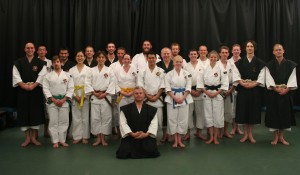 Roots
Roots
About 65 years ago, a soldier coming home from the war returned to a Japan very different from the place he’d left in 1931. He had been in China during its occupation and had seen the Soviet invasion of Manchuria before making it home. He had witnessed the very worst of human nature.
Martial arts are normally connected to more auspicious beginnings. Great students finding their own paths and becoming great masters. For So Doshin, it was rather different.
Shorinji Kempo, surrounded by the usual martial kanji and with ties to Zen Buddhism, would appear at first to be one of the traditional arts of Japan. In fact, it was formed after the Second World War by a man who was tired of seeing his neighbours living without hope, being walked on by anyone willing to throw their weight around.
After seeing what his beloved Japan had been reduced to, he thought that he could help the people of his town by sharing with them the same religious teachings that he had learnt whilst in China. But people weren’t willing to listen. The strife of postwar Japan left very little room in people’s hearts to listen to sermons. So instead he gave them something else. A way to develop the strength and self-belief he wanted to see in his countrymen once again.
For many years, he had studied Chinese Kempo as part of Taoist teaching. The art was not just about beating opponents, but rather aligning and strengthening body and mind. He began to teach people how to stand up for themselves. He wouldn’t create another street gang. He would create people who cared, and cared enough to act.
The tale of the fighting monk soon spread. His followers were going into the streets in support of local police, and often used force to get the gangs out of their town. Soon others came seeking similar help and training. This was the beginning of the martial art that is now known as Shorinji Kempo.
The art has come a long way since then. From a man creating a religious practice to help his town, Shorinji Kempo is now an international martial art, with around 1.5 million practitioners in about 30 countries. I first heard this story in England from a police officer who taught Shorinji Kempo in his spare time. He took it up because of its roots; it’s what got me hooked too.
Shorinji… what?
Many martial arts, and indeed arts in general, have made their way out of Japan and across the world. Arts like karate and ninjitsu became more than just trends: they were cultural phenomena. An older teacher of mine once told me that when he was teaching in the 1970s, he would have a line of people waiting outside his dojo. As soon as one person in the dojo collapsed from training, the next person would take their place. Normally a film would spark the sudden interest. It still happens to this day. Films like The Matrix and Ong Bak launch different martial arts to into the spotlight.
Shorinji Kempo has never had this kind of advertising (despite Sonny Chiba’s best efforts), and so it sits in relative obscurity. For many of the English people I speak to, I may as well say that I study flower arranging. At least it would stop the Jackie Chan impressions that follow my subsequent explanation.
Since coming to live in this country, I have been lucky enough to continue my training in a Japanese Dojo (or Doin, in my case). The Japanese reaction to this has been a wonderful education in the Japanese culture. People here know what Shorinji Kempo is; the confusion comes from when I say that I do it.
The art today still furthers So Doshin’s original goals. The techniques are always defensive in nature. They are not designed to kill, and for the most part, not to cause permanent damage. Even the gradings are completed with both a physical and philosophical exam. This is not an art designed for the battlefield. It even comes with a book that you are supposed to sit down and read that covers the thinking behind what you are doing. It has a creed that must be committed to memory and repeated during class. There is little wonder why so many non-Japanese are wary of it. In the book Angry White Pyjamas, Robert Twigger is trying to decide which martial art to do. Shorinji Kempo is quickly crossed off. “It’s a cultâ€.
Arts and cults
Sadly this is a very commonly held view, and personally I’m not sure if I can disagree with it. Certainly, I am not a cultist, nor am I religious in any way, western or eastern. But to observe Shorinji Kempo is very different from being part of it. Even in England, where the Zen Buddhism tied to the art is margianlised as a side note, I have seen people leave the dojo because they felt it conflicted with their own religious beliefs. As soon as we see people bringing their palms together in greetings, the ordered lines of matching uniforms, even the picture of So Doshin himself on most Dojo walls, it’s pretty hard to fight off the notion that this is the kind of thing your parents warned you about. The icing on the cake is that before the art was exported world wide, the practitioners would wear the manji on their uniforms. Yep, the photos of the trainees were of them wearing the swastika. You couldn’t create a more threatening environment to put off us
westerners.
I wonder if the main cause for this is the way many Japanese see religion differently. Once, round a Japanese family dinner table, I talked about religion in England. There, we are expected to openly define ourselves in terms of religious beliefs. Every few years, the government does a census. We fill in our names, our job details and our religion.
This notion shocked the people I was talking to. “They can ask you that?†The mother asked me. “Yes. Why, how would you answer?â€. She paused before saying “I don’t know, I don’t have a religion.â€
The separation of philosophy from religion is one I am happy to have. When this line blurs I can become very uncomfortable, and I don’t think I’m alone in liking a clear line between the two. Too many conversations have transgressed from one topic to the other and sooner or later it starts to cause friction.
So when this line is not present, it can cause real issues. Shorinji Kempo is a clear case of an unclear case. Here we have a figurehead preaching philosophy. His disciples learn these rules verbatim and repeat them together. They stand under a symbol in matching uniforms, and promotion is dependant on demonstrating the correct understanding of the philosophy presented. It just rings so many alarm bells in our minds.
It sits in such strong contrast to many other martial arts that have become loved by people around the world. Normally ones that involve competitions and quick “no-nonsense†techniques. The word “self defence†is used so often it’s become a cliché. Though many of us like the idea of becoming the wise old master able to perform five-minute-long, centimeter correct katas, ultimately most of us want to be able to kick ass and maybe win a few trophies in the process.
Many arts have more that just this at their heart. Just take a look at the beginnings of kendo or judo. These are two examples of some great thinkers wanting to change people for the better. Kendo was never meant to be used as practical self-defence art. In gradings (and competitions) it doesn’t matter if you can merely hit your opponent, but whether you can apply the correct form when under the greatest of pressure.
And so Shorinji Kempo has had a relatively low level of success in other countries. Despite the removal of many parts of the religious and philosophical sides of the art, it remains a “gyo†or discipline, rather than a sport. Essays are still required for grading, part of every lesson is reserved for discussing philosophy and the notion of “winning†is still held as one of the worst attitudes to have in the dojo. For a recent essay my title was “What is true strength?â€. Boxercise this isn’t.
It makes it different to many other arts, and I hope that this never changes. It would be easy to gut the art and leave it as a cut-and-paste form with no sharp edges and a friendly face. The philosophy could be removed, the grading done through competitions and anything that couldn’t be quickly applied to real situations dropped immediately from the curriculum. It would be like a person running for government: clean, inoffensive and a friend to everyone.
But it isn’t. Instead it’s complex, thought provoking, and above all, unique. I was given a technique 4 months in to my training that I am still learning. I wasn’t given it because it was quick and useful, I was given it because it wasn’t. It was something that couldn’t be learnt in a day or even a week. It would take many conversations with different people, constantly admitting to my teacher that I still didn’t get it even when my friends had. It took many evenings sat with a book understanding the theory behind it and many more hours with understanding kenshi letting me throw them around a room to help me learn. There is so much to learn that I will never finish. There is no handshake at the end waiting for me, no reward, no medals. Just other people doing the same. Day in and day out working and failing together.
So Doshin created something that anyone can join, but he won’t change it just because we find it a little strange.
Rob has been practicing Shorinji Kempo since 2005. He recently tested in Himeji Budokan for his nidan shokenshi (second degree black belt) rank.

